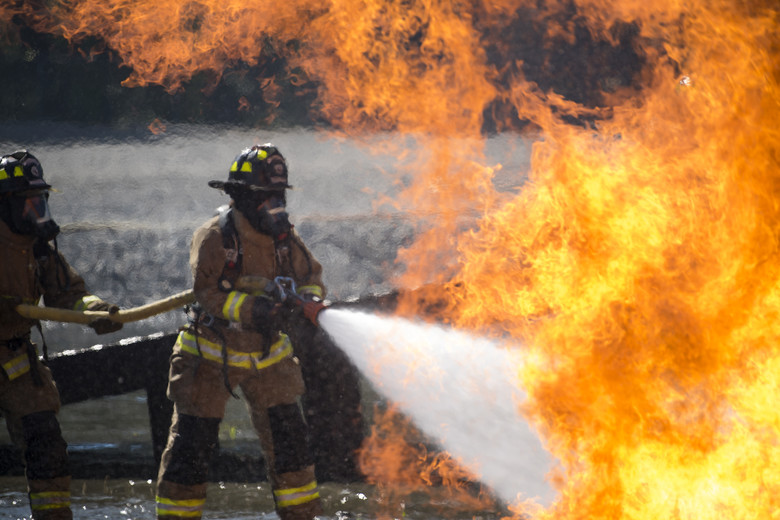This post is also available in:
 עברית (Hebrew)
עברית (Hebrew)
Large scale fires threaten people and property, causing a lot of damage. A helicopter is often used to fight fires, but this mission puts at risk the people on board the aircraft. Three electrical engineering students from the University of Connecticut have developed an autonomous firefighting drone which got them into a job with Sikorsky aircraft manufacturer.
The project was aimed at combating increasingly large forest fires like those in California, according to ctpost.com. The team took a commercial drone and modified it with sensors and a thermal imaging camera to help the aircraft seek out and extinguish fires. “It’s going to drop a water balloon on the fire once the thermal imager sees that the drone is over the fire,” said one of the students, Kerry Jones, adding that the goal is to make the drone fully autonomous through programming.
It’s the students who initially launch the drone, but through coding and a thermal imaging camera that’s attached, the drone then finds the fire by itself and flies to it.
“The drone will go to that location autonomously, once it’s there it will initiate the search pattern, that’s when it starts using the thermal camera to search for the fire and once it finds the fire, centers itself over it, releases the payload and returns home,” another student, Ryan Heilemann said, according to fsb.com.
They said there was also a drop mechanism they were using to deliver the fire-retardant agent. “In our case, we’re using water balloons, merely as a proof of concept, however it is designed to be scaled for a large-scale project”.
The students hope that their project would be scaled up to a full-sized helicopter.
Sikorsky sponsors several UConn Engineering Senior Design projects annually. These projects tackle real-life problems and questions and connect engineers at companies with the next generation of innovators.
Teams in previous years have worked on similar projects with Sikorsky, which provided some guidance on what has worked before, and what has not.


























